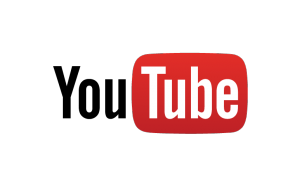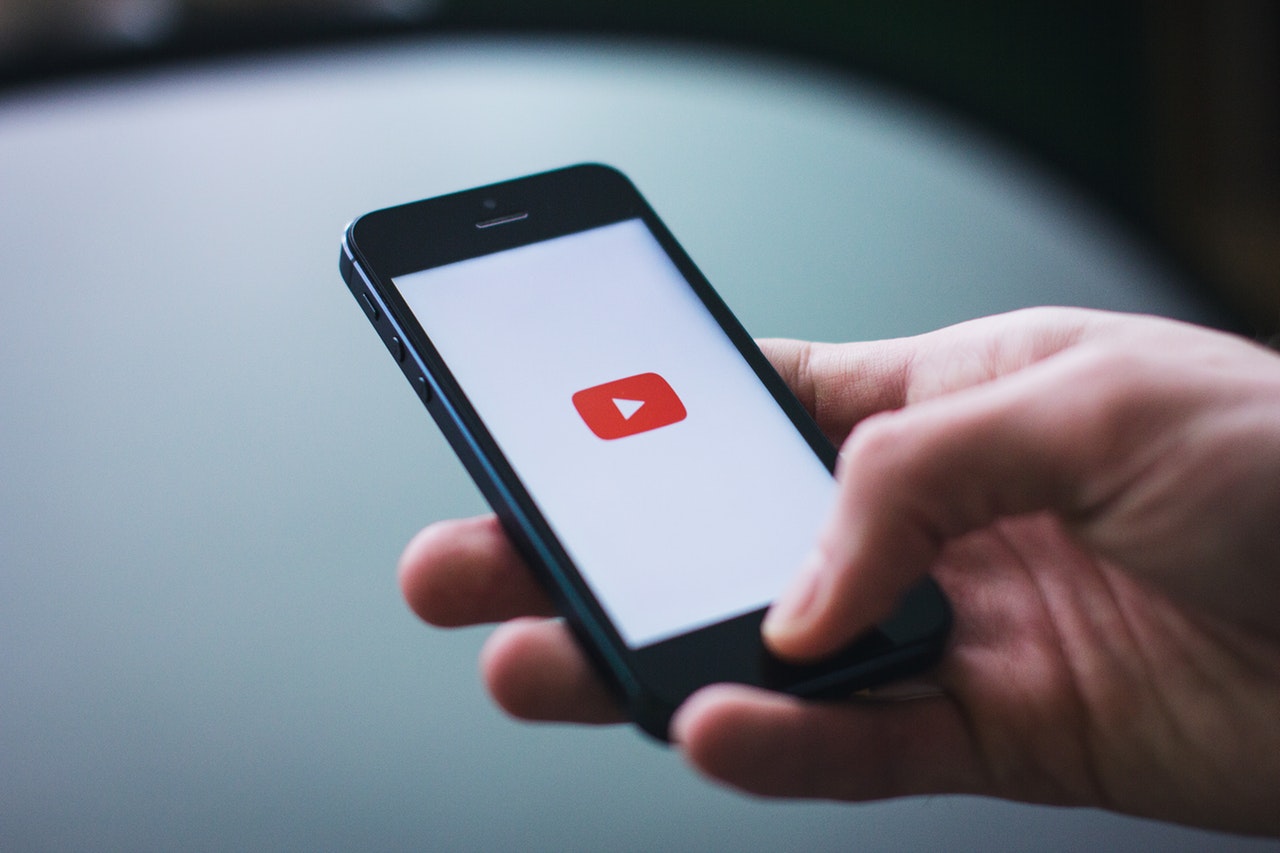By Courtney Duffy on May 4th, 2015
YouTube’s Copyright Conundrum: Unwarranted Video Takedowns are Symptoms of a Much Larger Problem
Last week the World Intellectual Property Organization celebrated World Intellectual Property Day, an annual event that centers on the role IP can play in cultivating innovation and creativity. With this theme in mind, Courtney Duffy delves into what it means to protect copyright owners without discouraging new works, a balance which has been a struggle for YouTube.

There are no two ways around it: YouTube has an intellectual property problem. Or, more specifically, an IP management and enforcement problem.
It’s not surprising, really, considering the website is a platform for contribution and consumption by a number of different parties, from commercial media outlets to students in their dorm rooms and, of course, candidates for political office. The site provides content creators with access to millions of viewers, and it’s natural that intellectual property issues will arise.
There’s no denying that some YouTube videos do contain instances of copyright infringement — 300 hours of video content are uploaded with each minute that passes, for goodness sake. It’s important to remember, however, that the purpose of copyright is not to give authors total control over their works, but rather to ensure that consumers and innovators have sources of inspiration to learn from and build upon (which you can read more about in this pamphlet from Public Knowledge).
Here’s the thing: under the Digital Millennium Copyright Act (DMCA), YouTube is not legally obligated to have a mechanism for policing its content for infringement at all. The site is charged with taking content down when it receives notices to do so, but that’s the extent of it. Nevertheless, YouTube takes an overly active role in policing for copyright infringement, and the technology it employs to do so is flawed — which can end up hurting artists and other content creators who employ copyrighted works legally.
YouTube’s Content ID automatically scans all video content for traces of copyrighted works. Being a bot, however, it is unable to discern instances of “fair use” (in which a copyrighted work is used without infringement) from legitimate copyright infringement. Instead, when Content ID detects copyrighted work in a video, whether fair or infringing, the copyright owner is alerted and given the ability to decide the video’s fate. You can surely imagine how this system can end up censoring the work of creators whose content incorporates copyrighted works in a fair and legal way.
(For the record, YouTube’s copyright page does include a link to a page on fair use, but it much more heavily focuses on the many ways in which one can commit infringement).
Political campaigns often get a raw deal when automation is used to facilitate takedown notices for their video content. Presidential candidate Rand Paul was accused of copyright infringement for YouTube content last month by Warner Music Group, and he is not the first figure of either party to face allegations like these — think John McCain in 2008 and the DNC in 2012. The work in question in Paul’s case? John Rich’s “Shuttin Down Detroit,” which was played in the background at the Louisville, Kentucky event where his announcement speech took place. The song was played as he entered and exited the stage, as reported in Business Insider and the Washington Post. Here’s the kicker: Because the event itself, rather than the song, is the focus of the video, the content qualifies as a fair use of “Shuttin Down Detroit.” Though Paul’s announcement video has since been reinstated on YouTube, the incident sheds light on the propensity for legal uses of copyright to be baselessly removed from the platform — and potential audiences.
As you might imagine, this issue heavily impacts the arts world, too. Colorado-based attorney Patrick McKay created a website called FairUseTube.org to inform video content creators, many of whom are involved with the arts, of the ways to protect their fair use rights on websites like YouTube and Vimeo. He wrote in 2013 about a music reviewer named John who contributed video music critiques to YouTube. One video featured John himself on camera discussing the song, interspersed with footage of the record itself being played on camera in brief segments. Despite meeting the qualifications of fair use, John’s appeal was rejected by YouTube and the video remained off the site.
YouTube’s (well-intentioned, though misguided) efforts to empower holders of copyright have gone too far, creating a system that stifles opportunities for artists who are in fact following the rules. Automated robots like Content ID are simply unequipped to distinguish between fair use and infringement. If YouTube really cares about maintaining a balanced copyright system, it should create a system that can assess whether infringement has actually taken place before enabling owners to order content to be removed. Until then, we will continue to see fair use videos taken down at the whim of copyright owners and damaging repercussions for law abiding artists and content creators around the world.

